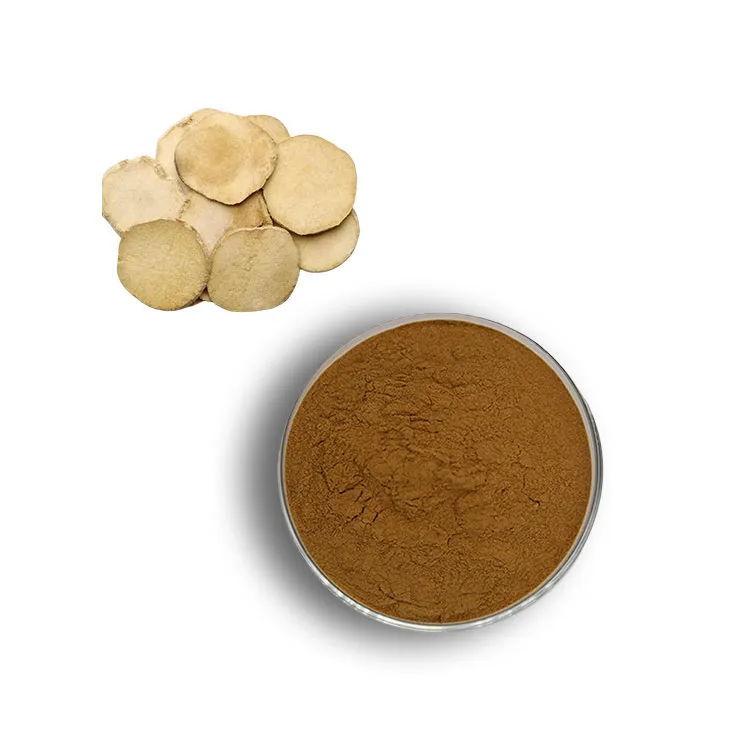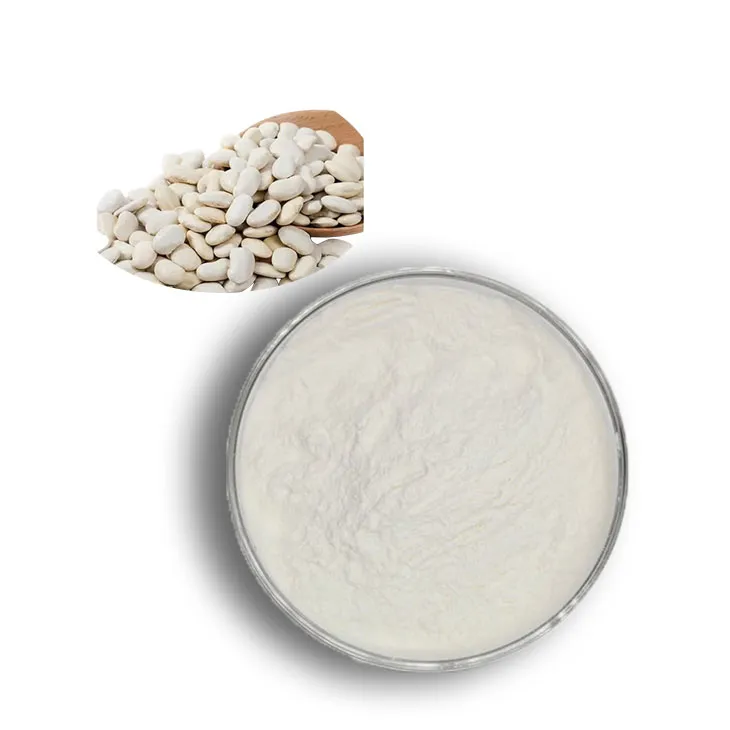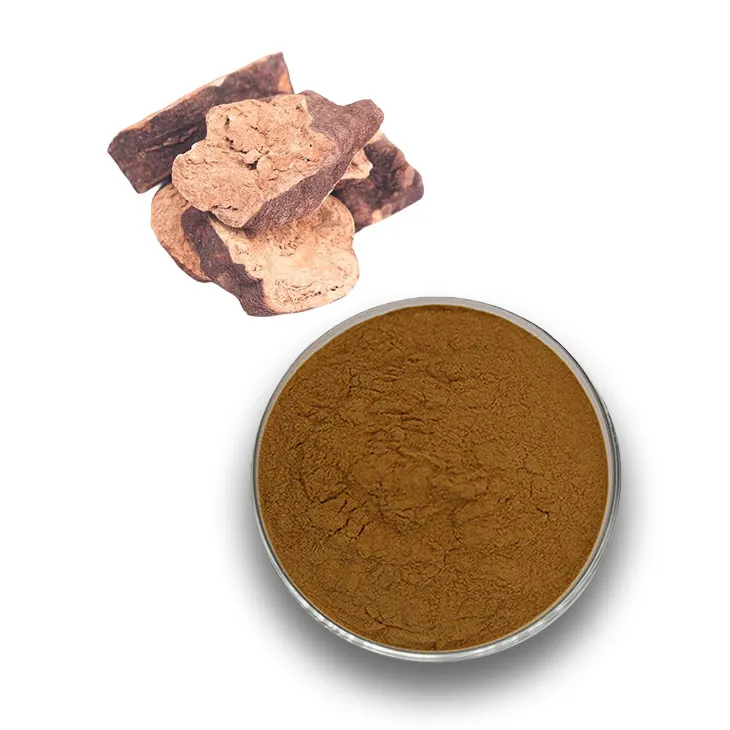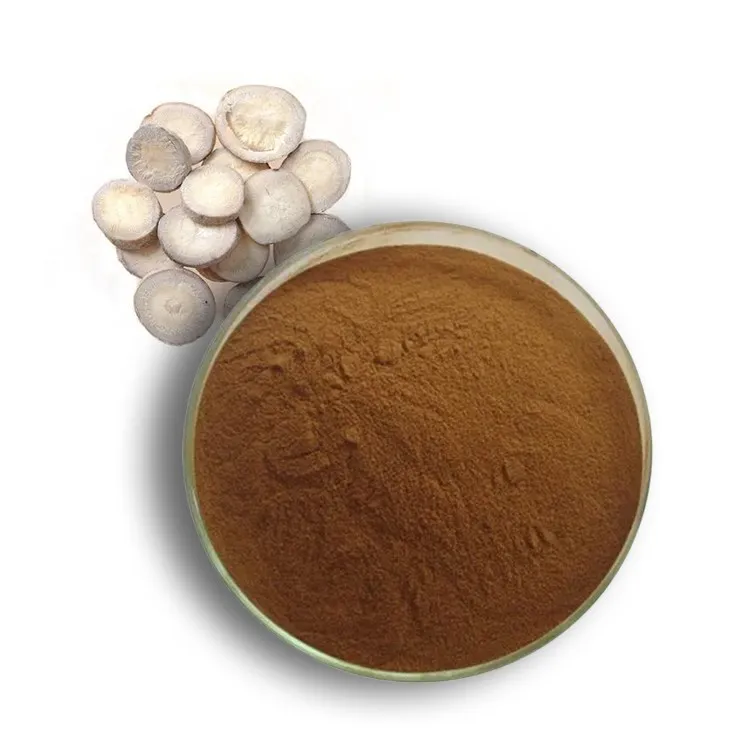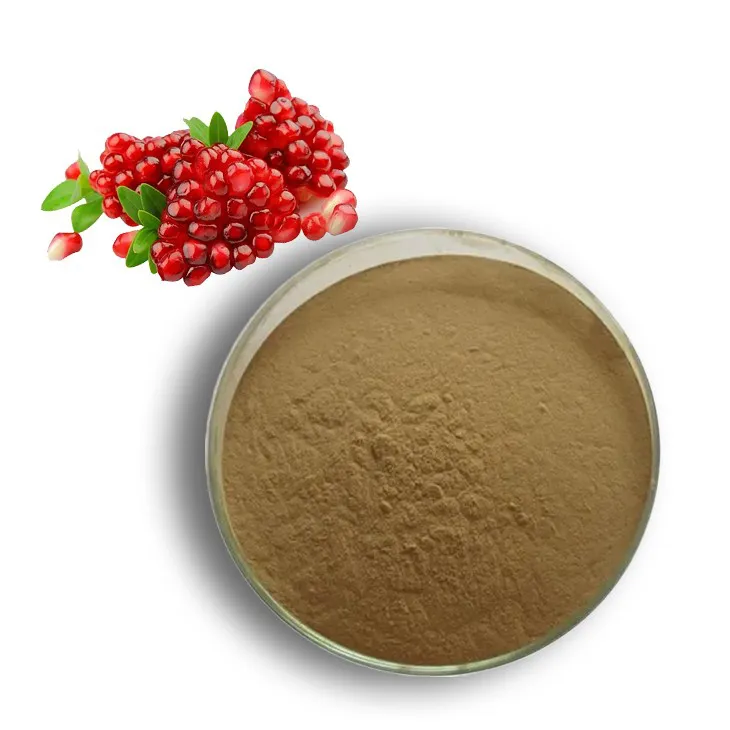- 0086-571-85302990
- sales@greenskybio.com
Navigating Skin Care Ingredients: Combinations to Avoid and Embrace
2025-05-01
Creating the perfect skin care routine can be a complex task. Some active ingredients work wonders individually but can irritate or negate each other's effects when combined. Knowing which ingredients to avoid mixing can help prevent unwanted reactions, while pairing complementary actives can enhance your routine's benefits.
Ingredients to Avoid Mixing:
1. Retinol and Benzoyl Peroxide:
Retinol encourages collagen production and skin cell turnover, while benzoyl peroxide targets acne-causing bacteria. When used together, these ingredients can deactivate each other and lead to dryness and irritation. Consider using retinol at night and benzoyl peroxide in the morning or on alternate days.
2. Retinol and AHAs:
Retinol helps reduce signs of aging, while AHAs exfoliate the skin. Combining them can weaken the skin's barrier, causing redness and increasing sun sensitivity. Alternate their use on different days to avoid side effects.
3. Retinol and Salicylic Acid:
Retinol and salicylic acid can strip natural oils, leading to dryness and potential overproduction of oil. To manage, alternate use or apply salicylic acid in the morning and retinol at night.
4. Retinol and Vitamin C:
Retinol and vitamin C have conflicting pH requirements, reducing their effectiveness when used together. Apply vitamin C in the morning for protection against environmental damage and retinol at night to support cell turnover.
5. Vitamin C and Benzoyl Peroxide:
Benzoyl peroxide can break down vitamin C, making it less effective. To benefit from both, use vitamin C in the morning and benzoyl peroxide in the evening or on alternate days.
6. Vitamin C and AHAs:
Both are acidic and may increase skin sensitivity. Use AHAs at night and vitamin C in the morning or alternate days to prevent compromising the skin barrier.
Ingredients You Can Mix:
1. Retinol and Hyaluronic Acid:
Hyaluronic acid provides hydration, helping to counteract retinol-induced dryness. Apply hyaluronic acid after retinol to lock in moisture.
2. Retinol and Niacinamide:
Niacinamide soothes the skin and reduces irritation caused by retinol. These ingredients can be layered in the same routine or found in combined formulations.
3. Niacinamide and Vitamin C:
Together, they make a powerful antioxidant duo to reduce dark spots and improve skin tone.
4. Niacinamide and Salicylic Acid:
Niacinamide reduces dryness and irritation from salicylic acid, making this pairing ideal for acne-prone skin.
5. Niacinamide and Benzoyl Peroxide:
This combination effectively treats acne while minimizing skin dryness.
6. Salicylic Acid and Vitamin C:
To avoid irritation, use salicylic acid first to prep the skin, followed by vitamin C for improved skin tone and texture.
Consulting a Dermatologist:
If you're uncertain about combining skin care ingredients or not seeing desired results, consulting a dermatologist can provide valuable guidance. Dermatologists can tailor a routine to your skin type and concerns, ensuring optimal product effectiveness.
Summary:
For a successful skin care routine, understanding which ingredients to mix and which to avoid is crucial. The right combinations can enhance your skin's health and glow, while incompatible pairings may lead to irritation or reduce efficacy. With informed choices, you can achieve a balanced and effective skin care regimen.
- ▶ Hesperidin
- ▶ citrus bioflavonoids
- ▶ plant extract
- ▶ lycopene
- ▶ Diosmin
- ▶ Grape seed extract
- ▶ Sea buckthorn Juice Powder
- ▶ Beetroot powder
- ▶ Hops Extract
- ▶ Artichoke Extract
- ▶ Reishi mushroom extract
- ▶ Astaxanthin
- ▶ Green Tea Extract
- ▶ Curcumin Extract
- ▶ Horse Chestnut Extract
- ▶ Other Problems
- ▶ Boswellia Serrata Extract
- ▶ Resveratrol Extract
- ▶ Marigold Extract
- ▶ Grape Leaf Extract
- ▶ blog3
- ▶ Aminolevulinic acid
- ▶ Cranberry Extract
- ▶ Red Yeast Rice
- ▶ Red Wine Extract
-
Plantain extract
2025-05-01
-
Coix Seed Extract
2025-05-01
-
Alisma Extract
2025-05-01
-
Hericium erinaceus extract powder
2025-05-01
-
Kidney Bean Extract
2025-05-01
-
Calendula Extract
2025-05-01
-
Green Tea Extract
2025-05-01
-
Polygonum multiflorum extract
2025-05-01
-
White Peony Extract
2025-05-01
-
Pomegranate Extract
2025-05-01













